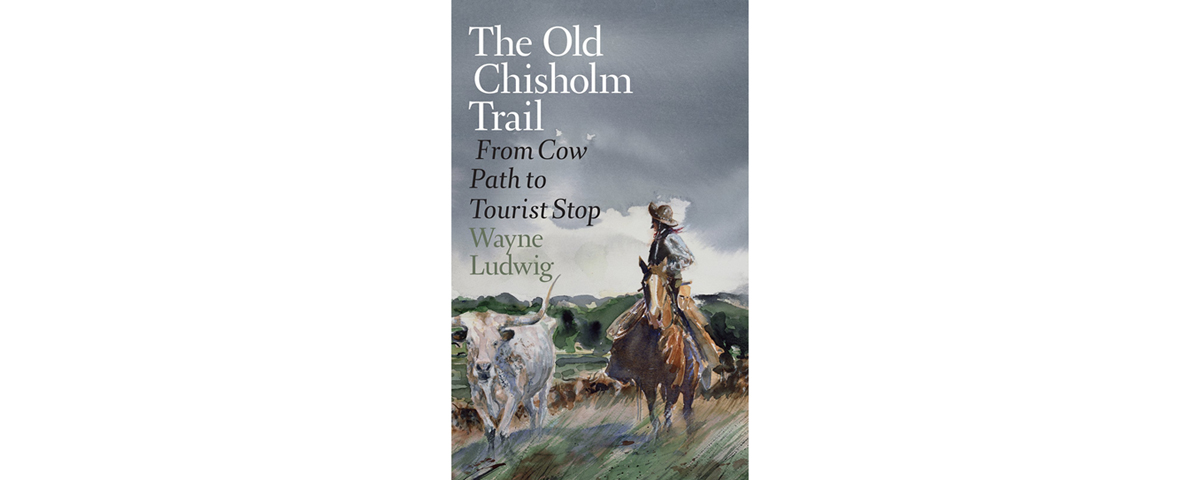The Old Chisholm Trail: From Cow Path to Tourist Stop, by Wayne Ludwig, Texas A&M University Press, College Station, 2018, $37
After the release of Wayne Gard’s classic The Chisholm Trail in 1954, there was a long dry spell of such narratives, until the 150th anniversary commemoration of the old cattle trail in 2017 stirred things up. In 2018 two significant histories of the trail hit bookstores. James Sherow’s book focuses on Joseph McCoy, who orchestrated the first cattle drive from Texas to Abilene, Kan., in 1867. Wayne Ludwig’s book naturally includes information about McCoy, and both authors agree the story of the Chisholm involves far more than the forging of a single cattle trail. What Ludwig has done, as he states in his preface, is “trace the Chisholm Trail’s progression from a trade route and simple cow path during the cattle trailing era through its transition into legend and tourist attractions.”
Of particular interest is Ludwig’s treatment of a longstanding controversy over the name and route of the Chisholm Trail, an aspect he addresses in an article in the February 2019 issue of Wild West. His central points are that the designation “Chisholm Trail” was probably not applied to the Texas portion of the trail during the cattle era, and that any maps purportedly depicting the trail in the Lone Star State were produced decades after the actual events. The controversy heated up in 1925 when former drover P.P. Ackley began a campaign to convert the Old Chisholm Trail into a maintained highway and put up markers along the route. In September 1931 George W. Saunders stated, “The framed Chisholm cattle trail, about which more has been written than any other trail, cannot be traced in Texas for the reason that it never existed in this state.” Regardless, in 1938 Ackley completed his project, placing Chisholm Trail markers from Brownsville, Texas, all the way north to the Canadian border. Today, Ludwig writes, there is a Chisholm Trail of fact and a Chisholm Trail of folklore; the historical trail has been obscured by the legend and tourist-minded promotion, while the one of folklore “is so well marked that a greenhorn could find it.” The author adds, “Although Chisholm’s Trail was an important segment of the trail to central Kansas, there is much more to the history of the cattle trails than a single trail name.” That said, the Chisholm Trail of folklore will undoubtedly live on, perhaps even another 150 years.
—Editor





